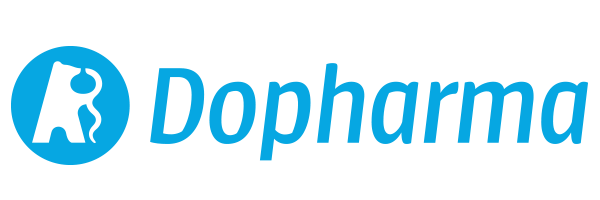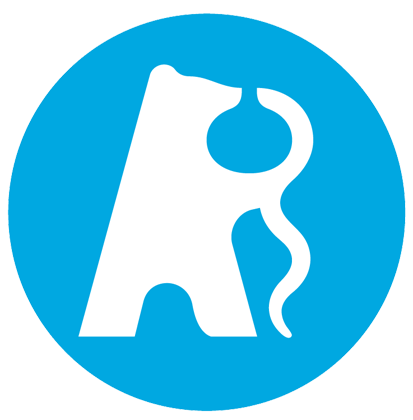A Beginner’s Guide to Turkey Farming
Turkey farming is the process of raising turkeys for the purpose of producing meat or eggs for food or money. Turkey, chicken, guinea fowl, duck and quail are all domestic birds that nutritionally and economically contribute to any country.
Turkeys are kept or reared for meat purposes. Their meat is recognized as the leanest of all poultry species. Additionally, they are consumed by almost every country across the globe. Turkey farming is popular in countries like the USA, Canada, France, Germany, Italy, UK and Netherlands. This post is a beginner guide for those who want to start turkey farming.
The scientific name of Turkey is Meleagris gallopavo, and it is a large gallinaceous bird which is a native of North America but domesticated in Europe. The breeds of turkey include:
- Beltsville Small White
- Black Turkey
- Blue Slate Turkey
- Bourbon Reds Turkey
- Broad Breasted White Turkey
- Midget White Turkey
- Narragansett Turkey
- Standard Bronze Turkey
- Royal Palm Turkey
- White Holland Turkey
Terminologies in Turkey Farming
- Tom: Matured male turkey
- Hen: Matured female turkey
- Poult: Very young turkey
- Snood or Dew bill: Fleshy protuberance close to the base of the beck
- Caruncles: Fleshy protuberance on a turkey’s head and neck. It is usually red or pink in color.
- Dewlap: Large flap skin seen immediately below the chim
- Beard: Tuft of hair attached located in the upper chest region
- Strut: Male turkey’s mating behavior
Other important information about turkeys are described as follows:
- De-beaking. This is the reduction of the beak’s length in order to prevent cannibalism and feather picking. It is carried out at 4-5 weeks of age. While debeaking, the tool must be very hot and should not be too close to the nostrils.
- De-snooding. This is the removal of the snood or dewbill in order to prevent the head from getting injured while fighting or picking. By pressing the snood at a day old using the thumbnail or finger would remove it. A sharp scissor can be used to cut off the snood when the poult is 3 weeks old.
- De-toeing or toe clipping. This is the removal of the toenail and it is usually done at day old.
Source: www.livestocking.net


